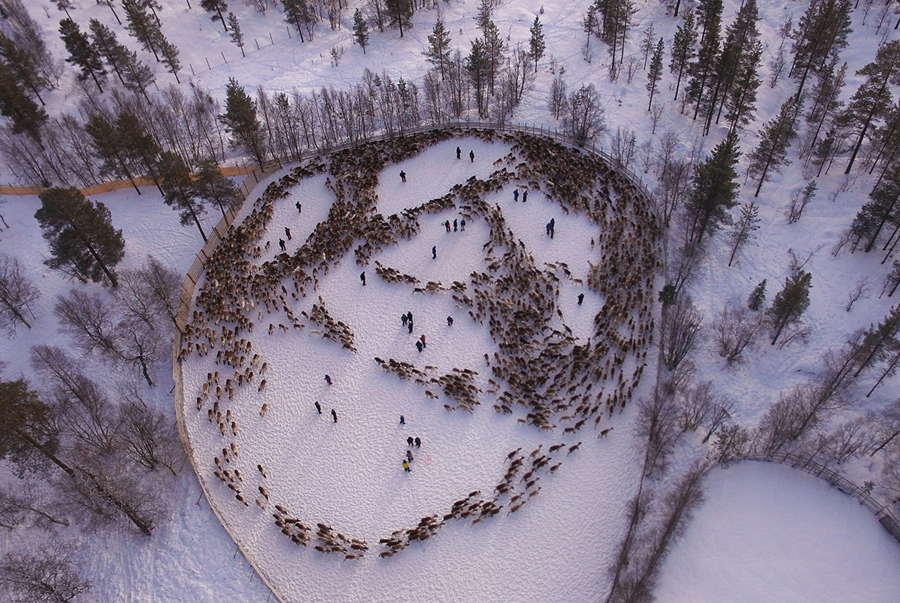
Thirty years ago, the Chernobyl Nuclear Power Plant disaster took place,
releasing massive amounts of radioactive material into the atmosphere,
which drifted across much of Russia and Europe. Today, Sami reindeer
herders in central Norway are still affected by the fallout, as their
herds feed on contaminated lichen and mushrooms. As reported by Amos
Chapple and Wojtek Grojec, in this story
from Radio Free Europe/Radio Liberty, “Reindeer meat is a mainstay in
the Scandinavian diet. The meat from one reindeer currently fetches
around $400 for the Sami herders. But only if the deer isn’t too
radioactive to eat.” Even though Norwegian authorities enforce a
relatively high contamination limit for food (3,000 becquerels per
kilogram—compared the EU limit of 600), some years—even as recently as
2014—reindeer pulled aside for slaughter have to be released back into
the wild because they are too radioactive.
Data: 01.03.2016
Fonte: www.theatlantic.com



















Nessun commento:
Posta un commento